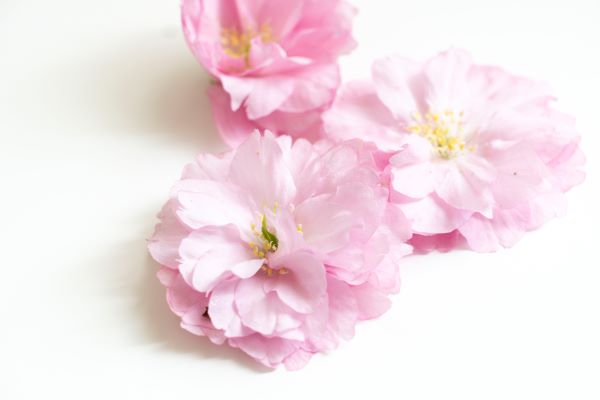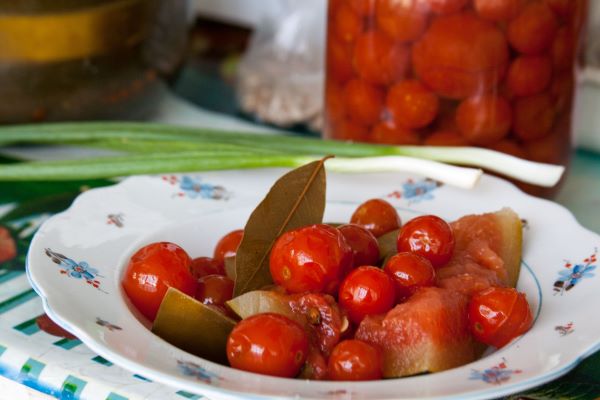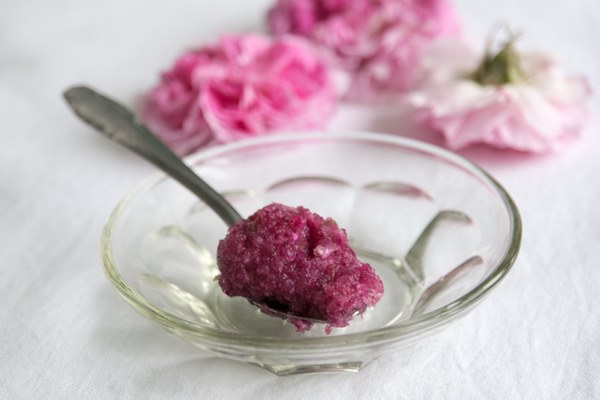How To Preserve Sakura Blossoms and Leaves : The Scent of Almonds
It’s almost the sakura season here in Brussels. While sakura blossoms don’t have much fragrance, their petals and leaves contain coumarin, which smells wonderfully of toasted almonds. When the leaves or petals are lightly crushed, you can smell this delicate scent, but it becomes much more pronounced once the flowers and leaves are salted. Drying concentrates the coumarin content and makes its aroma more prominent.

In Japan, salted sakura blossoms are used for various desserts, but I especially like them in tea. The leaves can be used when steaming or roasting fish to lend it an almond scent and I also use them in marinated cucumber salads. You can find great ideas on using salted sakura via Just One Cookbook, a great source for Japanese recipes.
Most Japanese stores, in brick and mortar and online, carry salted sakura flowers and leaves all year round, but if you have a sakura or a sour cherry tree, you can make them yourself. In Japan, Oshimazakura is preferred for its leaves, while Yaezakura for flowers, which are full and have many petals. However, you can experiment with any cherry variety you have in your garden.




















Aurora in Recommend Me a Perfume : April 2024: I don’t think they differ widely in scent, the EDT is punchier and a bit brighter in the top notes and the EDP clings more to the skin and lasts… April 26, 2024 at 2:27pm